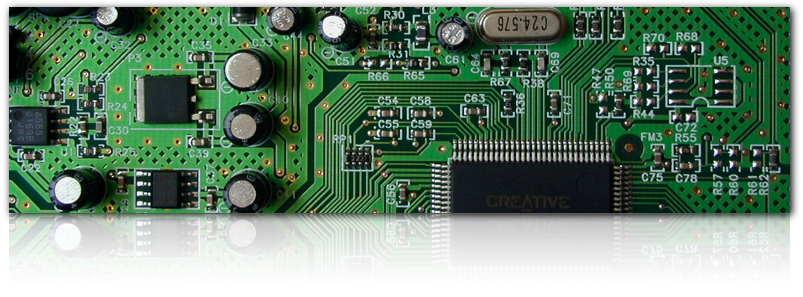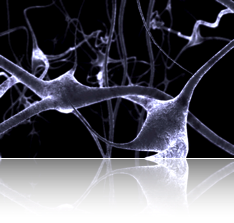


Another cool template from 11Mystics.com
Elegance. Power. Motion.
This is our design philosophy and this is how we solve challenges. We ask “how can we make it easier” at each and every step of the way. We’ll keep you updated on the nitty-gritty details of publishable ideas/creations/research/outlooks/advancements that we’ve been working on. Right here.

Interior of ERNEST
On Manual Vehicle Control...
As for the old-fashioned way of manual control, accommodations for persons with physical disabilities are less than satisfactory. They require effective motion from two or more limbs and significant resources devoted to installation, calibration, training and certification. What if all of these problems could be minimized and the possible user pool expanded?
We think our patent pending Drive-By-Finger™ system, currently in development, can do just that.



Driving. Simplified.
Interfacing with a group of upcoming electronic control strategies commonly referred to as “Drive-By-Wire”, our approach unifies three separate mechanisms into a single, adaptable and intuitive user interface. The concept, extracted from aircraft control yokes, utilizes a push/pull motion for throttle and braking control and a more-traditional left/right motion for steering. This design allows traditional users of adaptive driving interfaces to control their vehicle with an increased level of ease and customizability, but also enables double/triple amputees and hemipelagics to easily control their car.
To get more information on the status of the Drive-By-Finger™ system, take a look at the Drive-By-Finger™ media page or contact us.
Automated Vehicle Development
A car that drives itself. It’s an age-old science fiction dream. But with advancements made at the DARPA Grand Challenge 2005 and many other recent information processing improvements, this dream is closer than ever to realization.
To date, this has been a technology reserved for military development. We’d like to change that. Millions of disabled individuals could revolutionize their daily lives, moving where they want and when they want with ease. Thousands of lives in commuter vehicle accidents and billions of dollars spent in the automotive safety industry could be saved. The advantages are apparent; the implementation is not.
Our approach
In a pool of cut-throat engineering universities and leading industry researchers, what can a small, academic coalition accomplish? Rethinking. It’s what we do best.
Current sensory strategies lack unification. Our development efforts focus on a vision-based perception system modeled after the only outfit that exists to safely operate a vehicle: the human brain.
So far, we’ve designed and assembled a small robot to enable the ERNEST team to thoroughly test computer vision strategies before implementation in a full-size vehicle. Pictures o f developments with the robot , ALBERT, can be found on the ALBERT media page.
f developments with the robot , ALBERT, can be found on the ALBERT media page.
 f developments with the robot , ALBERT, can be found on the ALBERT media page.
f developments with the robot , ALBERT, can be found on the ALBERT media page.




